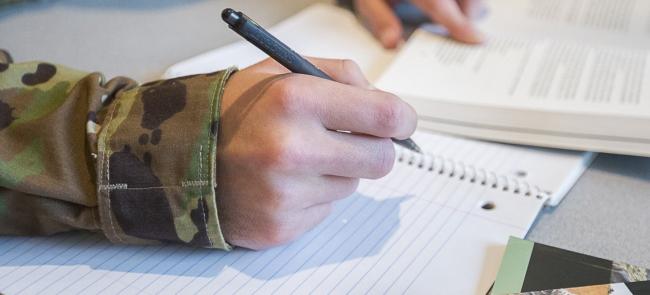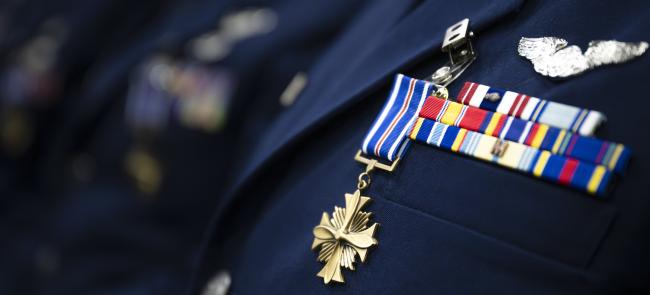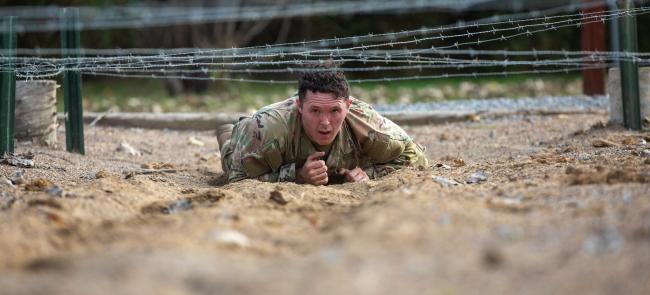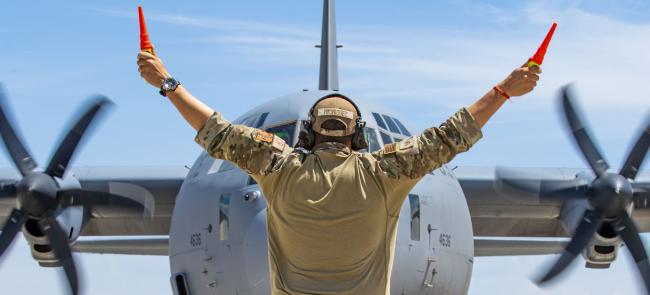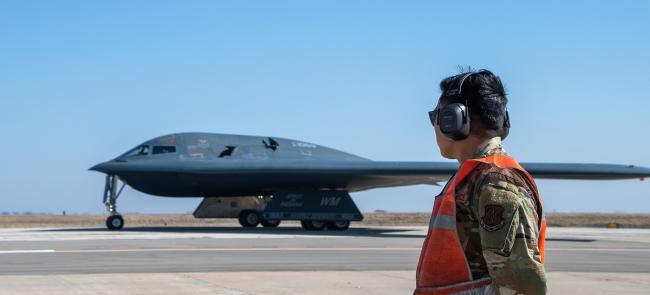
The Army’s number of manned aircraft and flight hours have declined since 2000, according to a Sept. 5 Congressional Budget Office report.
The service had about 3,900 manned aircraft last year — most of which were helicopters — per CBO.
Yet the Army’s fleet of manned aircraft is down from the approximately 5,000 aircraft it had in 2000.
CBO’s report — which examined the Army’s aviation data from 2000 to 2023 — also found the service’s flight hours have fallen since peaking 13 years ago.
The Army’s manned aircraft crews flew an average of 198 flight hours last year, down from an average of 302 hours in 2011.
The service’s total number of flying hours for its manned aircraft peaked at 1.22 million in 2008.
In contrast, the Army’s manned aircraft flew for 0.77 million total flying hours last year.
Retired Col. Mike Hadley — the NGAUS vice president for government affairs — suggested fewer flying hours for Army aviators may increase their risk for safety mishaps.
"When you cut back on training, you increase the risk of more accidents," he said. "It is as simple as that.
"Army aviation is a dangerous business and is completely unforgiving to inexperience, poor judgment and bad decision making," Hadley added. "The only way aircrews stay sharp is with sets and reps."
Col. Peter Huble — a New Mexico National Guardsman who serves as the chair of the NGAUS Army Aviation Task Force — said the Army has undertaken force structure transformation four times since 2000.
Huble added that within the Army’s aviation enterprise, the modular Combat Aviation Brigade force structure the service adopted in the early 2000s is now giving way to a force design tailored to the specific requirements of the Geographic Combatant Commands.
"The observed reductions in total aircraft densities are a result of these deliberate transformations — purposeful and necessary against the backdrop of changing requirements," he said.
"We must continue to find ways to be leaner and more nimble while offsetting constraints through technical edge," Huble continued.
CBO additionally discovered the amount of time the Army’s manned aircraft were available for more operations and training has risen since 2000.
The Army’s manned aircraft had a 68% availability rate last year, up from approximately 50% in 2000.
The Army’s availability rate for its manned aircraft has remained at or above 60% since 2007.
Huble said funding modernization improves the readiness of the Army’s aviation fleet.
"Any modernization dollar spent today serves to offset exponential costs later," he said. "The indicators that show an increase in fleet availability prove that modernization has a constructive impact on readiness.
"Timely investment in modernization improves readiness, reinforces national security and mitigates risk to the formation at individual and organizational levels," Huble added.
Most of the Army’s manned aircraft fleet was composed of UH-60 Black Hawk helicopters last year, with the service boasting 2,100.
The Guard currently operates more than 900 UH-60s — more than 40% of the Army’s fleet — but many rank among the oldest Black Hawks in the service.
The Army also had 700 AH-64 Apache attack and reconnaissance helicopters and 500 UH-72 Lakota light-utility transport helicopters in 2023.
The Guard currently has four battalions nationwide each utilizing 24 AH-64s apiece.
The service also has 212 A-model UH-72s across the country.
The Army’s fleet of manned aircraft additionally featured 400 H-47 Chinook heavy-transport helicopters.
The Guard presently has 165 Chinooks spread across 24 states.
The approximately 200 aircraft remaining in the Army’s inventory last year were mostly manned fixed-wing aircraft, primarily C-12 Huron passenger transport airlifters.
The Army also had 700 large unmanned aerial systems in 2023, with 500 RQ-7B Shadows and 200 MQ-1C Gray Eagles.
Army helicopters were used more often during the conflicts in Afghanistan and Iraq than they were at other times between 2000 and 2023.
The availability of the Army’s aircraft then increased fleetwide in early 2020, while the service’s flying hours per aircraft decreased sharply.
These changes stemmed from the COVID-19 pandemic starting, with the availability and usage of the Army’s aircraft returning to near-normal levels in early fiscal 2021.
CBO prepared its report at the request of the chairman and the ranking member of the House Armed Services Committee.
The HASC’s leadership has a longstanding interest in the readiness levels of military aircraft, a CBO spokesperson said.
CBO’s recent report about the Army’s aircraft fleet is one report from a set that examines the subject of military aircraft across the nation’s various services, the spokesperson added.
— By Mark Hensch

